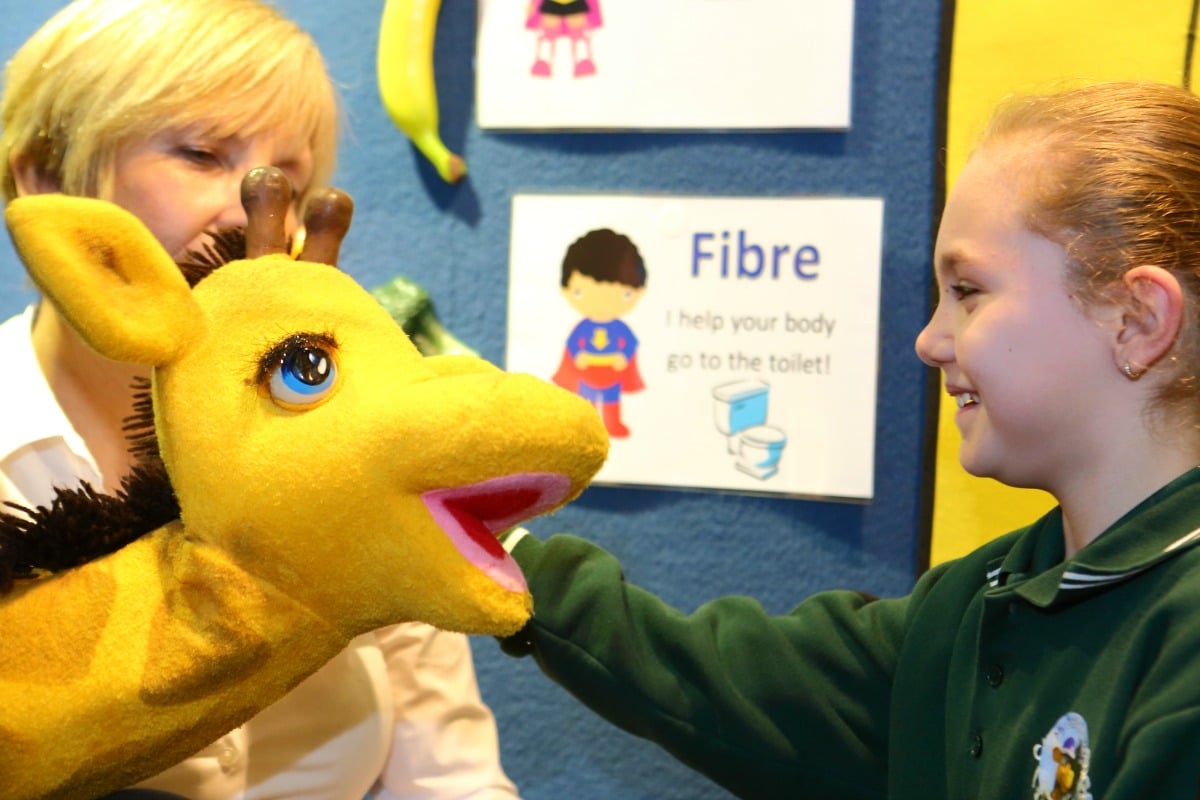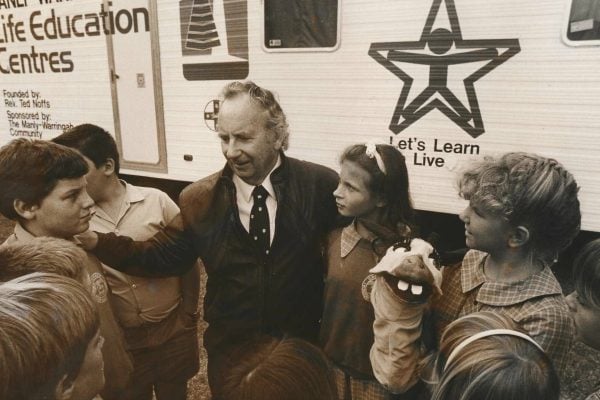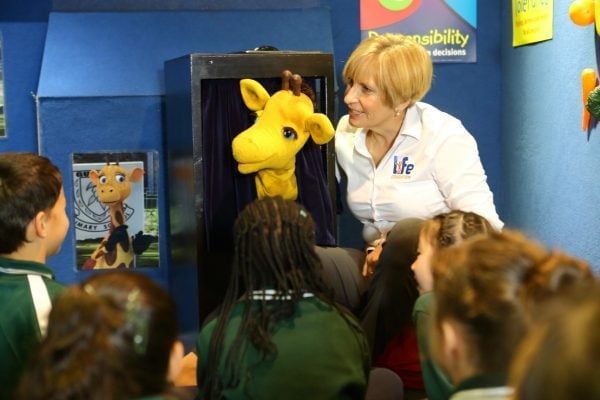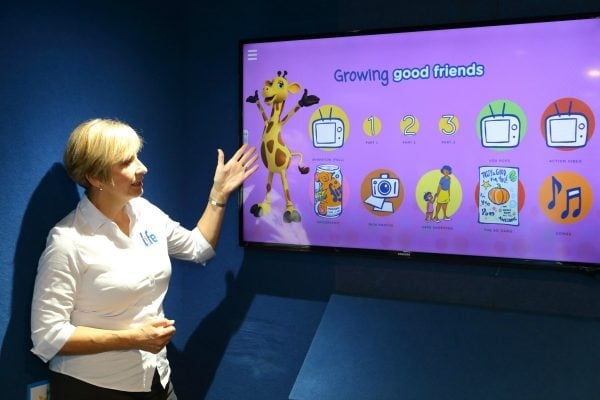
If you ask an Aussie Gen X’er or Millennial how they first learned about the dangers of drugs, chances are their answer will be something along the lines of: “from a giraffe in the back of a dark van”.
An ironically trippy statement, yes. But rest assured, that giraffe is real. His name is Harold, Healthy Harold, and he is a puppet.
Harold is the poster boy (toy?) for the Life Education program, an initiative launched in 1979 to educate children about the importance of making safe, healthy choices. In the 40 years since, roughly seven million Australian children have participated in the program, which is dispatched across the country via its famous mobile learning centres and delves into topics ranging from illicit drugs to puberty and nutrition.




Top Comments
Last weekend driving home from work I had a modern Harold Van pull up next to me at the lights. Had quite the moment of nostalgia.
to be honest i am surprised the program hasnt been defunded or sold off